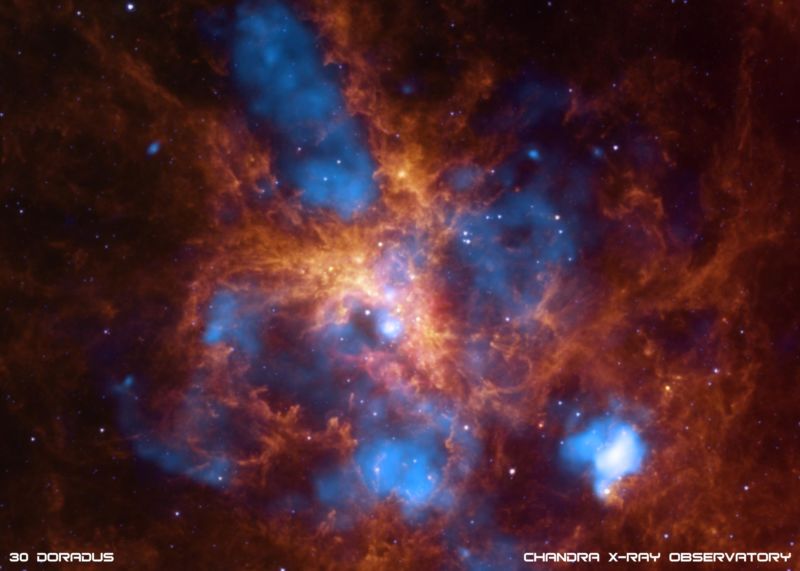The Universe is producing more massive stars than we thought
Ars Technica 2018-01-04

Enlarge / 30 Doradus, also known as the Tarantula Nebula, is forming an unusually high number of massive stars. (credit: NASA)
For fans of drama, the Universe can be a bit of a disappointment. Most of the stars it currently produces are red M-dwarfs. With masses less than half that of the Sun, these will burn fuel contentedly for trillions of years and then gradually fade. Massive stars, with 10 or more times the material found in the Sun, will explode and possibly leave an exotic object like a black hole behind. But they're relative rarities in the present Universe.
Or so we thought. A new survey of a star-forming region adjacent to the Milky Way has found an excess of stars with 30 or more times the mass of the Sun—and an even larger excess above 60 times the mass of the Sun. The find suggests that we could see a lot more supernovae and black holes. And it also implies that there might be something fundamentally off about our models of star formation.
Limits on bigness
Stars form from a mix of gas and other material that are drawn together by gravity. But things like angular momentum and the heat of friction fight against the pull of gravity. Star formation ends up being a balancing act, with limits on the amount of material that can accumulate before the star ignites in fusion. Once that happens, the heat and light of the star will drive off any material it hasn't already ingested.